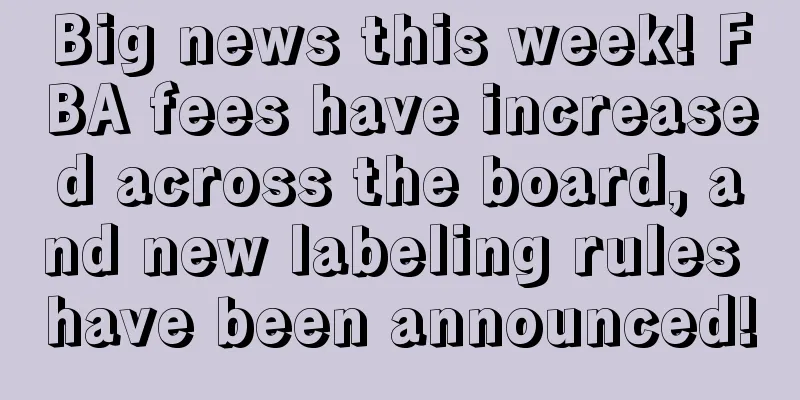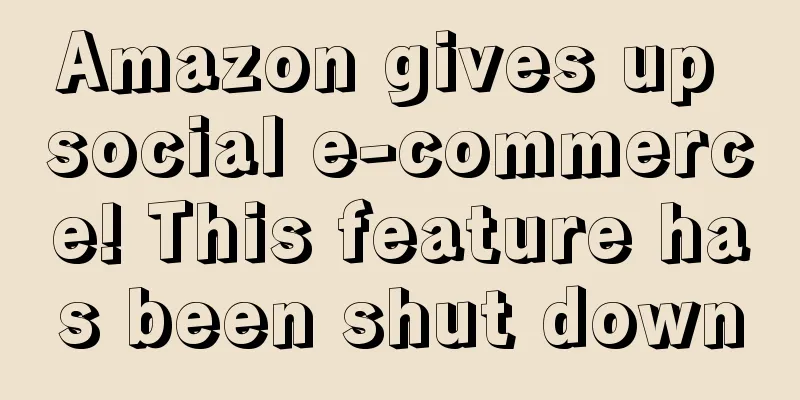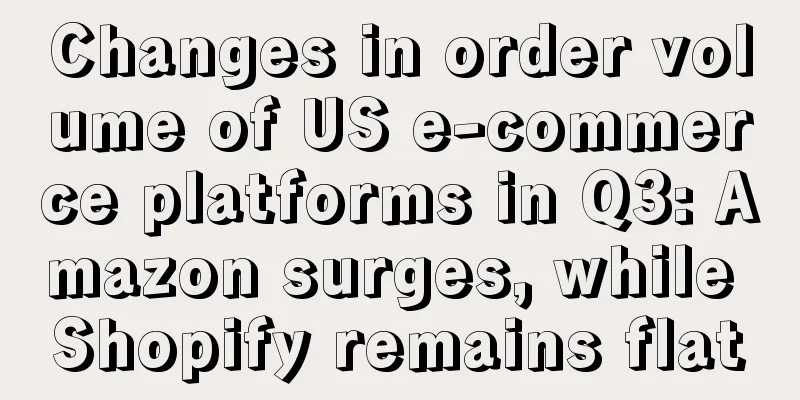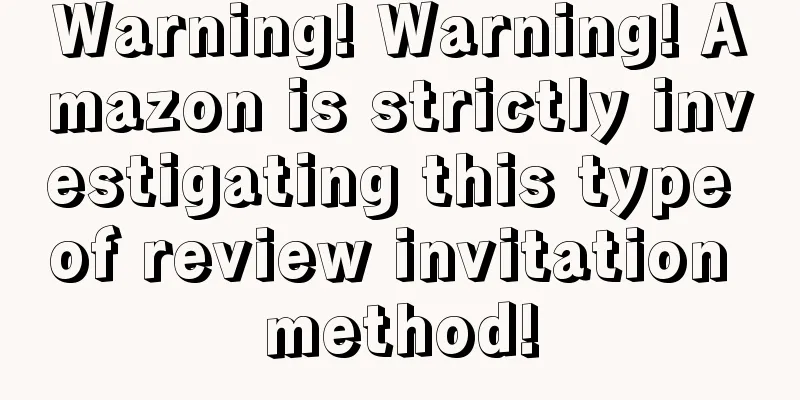Amazon product pricing principles at different stages
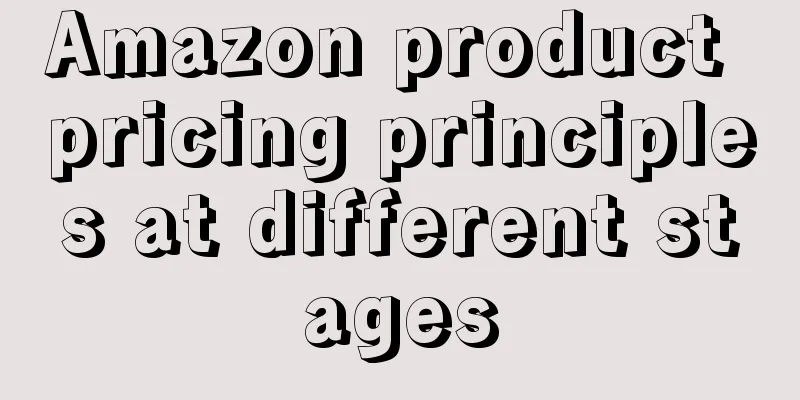
|
Factors affecting product pricing
1. Different commissions are charged according to different categories. The normal commission range is 8% - 17%
2. Product + packaging material cost: Product cost will vary depending on whether the seller is a distributor or a factory; the product cost of a distributor mainly includes procurement cost and domestic logistics costs; the product cost of a factory seller includes raw materials, R&D, production, labor, etc. In addition, the packaging cost of the product should also be calculated.
3. Shipping costs and sales location: The logistics costs for choosing FBA delivery, self-delivery, overseas warehouse delivery, etc. are different. At the same time, if you are a European seller, you also need to consider the VAT fee.
4. Expected profit: For profit margin, the minimum profit expectation is 30%
5. Competitor Prices
Although you cannot copy competitors' prices when setting prices, you can use competitors' prices as a reference for setting and adjusting prices.
6. Marketing promotion: When promotional events and festivals come, Amazon will adjust prices on a large scale. If products are to be promoted on or off the site, corresponding promotion fees will also be incurred; sellers also need to consider this part of the cost before setting prices.
Pricing reference formula
▲ FBM product price = product cost + platform commission + self-delivery warehousing and logistics fee + expected profit + other
▲ FBA product price = product cost + platform commission + FBA first-mile fee + FBA fee + expected profit + other
Product Pricing Tips
1. The role of the number "9": 9.9 or 19.9 is equally attractive to foreign consumers, and sellers should make good use of this psychology of consumers.
2. Differential pricing: Display and price similar products together, and try to launch high-priced products to influence low-priced products. By using tiered pricing, there is a price difference between products, which stimulates sales.
3. Consumables pricing: For example, for a razor, the razor holder is cheap, but the blade is expensive; for a printer, the machine is cheap, but the consumables are expensive. The reason for this pricing is to make money through the consumables of the product. This strategy can also be used in areas such as air purifiers, water purifiers, capsule coffee machines, etc. that require continuous purchase of consumables.
Pricing principles for products at different stages
Although we know the pricing formula of the product, the product has different pricing methods at different stages. 1. New product launch stage In the new product period, there are no reviews, no rankings, no loyal customers, and no competitiveness. At this time, in order to quickly enter the market, sellers may wish to set a lower price; but not too low. It is recommended that sellers compare the best sellers of their competitors and set the price about $1 lower than Amazon choice.
2. Product growth stage When the product has improved in sales, positive reviews, ranking and other indicators, the seller can increase the price by 0.1 USD each time, and then observe the sales, clicks and conversions. If the sales are stable, you can continue to increase the price by such a small amount; when the sales increase to a stable state, when the last price increase is made, it is found that the sales have decreased, and the seller must return to the price when the sales were stable the last time.
3. Product maturity stage At this time, the product sales have reached a certain amount, and reviews and sales have been accumulated. The price of the product at this stage is gradually weakened, and the value and quality of the goods and the overall positioning of the store have become the main purchasing factors in the minds of buyers. It is recommended that sellers adjust the price to the same level as the market or slightly higher than their peers if the product quality is excellent, and further observe the sales and conversion rate.
4. Product Decline Stage Products in the recession stage are at the node of product renewal and replacement, product sales are declining, and competition from peers is extremely fierce. If the product inventory is small, the seller can slightly reduce the price. If the inventory is large, the seller can take measures such as full reduction, discount and free shipping to clear the inventory to avoid long-term storage costs. |
<<: Six ways to quickly clear out Amazon products
>>: How to choose keywords - reverse check competitor ASIN traffic words
Recommend
What is ShipBob? ShipBob Review
ShipBob is a technology-oriented fulfillment and l...
What is Vente-Privée? Vente-Privée Review
Vente-Privée was founded in France in 2001. It is ...
Holiday shopping season is here! U.S. retailers are starting to recover!
It is learned that according to a report by market...
What is Recarga Pay? Recarga Pay Review
Recarga Pay is the leading mobile payment wallet i...
Amazon's pricing system to be rectified? Officials attack it head-on
Recently, foreign media reported that the US gove...
Breaking news! Lost Amazon shipments are being auctioned off?
When using FBA or logistics to transport goods to ...
Amazon warehouse crisis! Too many orders on Prime Day, FBA workers exhausted
In the past two days, foreign media broke a scanda...
The global second-hand luxury goods market is worth 43 billion euros! The United States and Europe lead the way!
It is learned that according to foreign media repo...
Amazon Mexico holds "Amazon Impulsa" conference to help small and medium-sized sellers develop their business!
Amazon Mexico recently held the "Amazon Impul...
The secret of how to pass the video verification for old accounts! I won’t allow you to not know!
Recently, Amazon video verification has been tight...
Amazon warehouses are full in October! Sellers have to relocate their shipments for 3 months
Normal, once there is data abnormality, such as s...
Canadian rail workers strike ends! Logistics resumes operation
According to foreign media reports, Canadian Pacif...
Home Depot's Q3 revenue is $43.2 billion, and it raises its full-year earnings forecast
It is learned that recently, the US home furnishin...
Adobe releases holiday shopping forecast! These trends are worth paying attention to
Adobe released its latest holiday shopping forecas...
What is Jixin International? Jixin International Review
Jixin International (Shenzhen Jixin International ...



